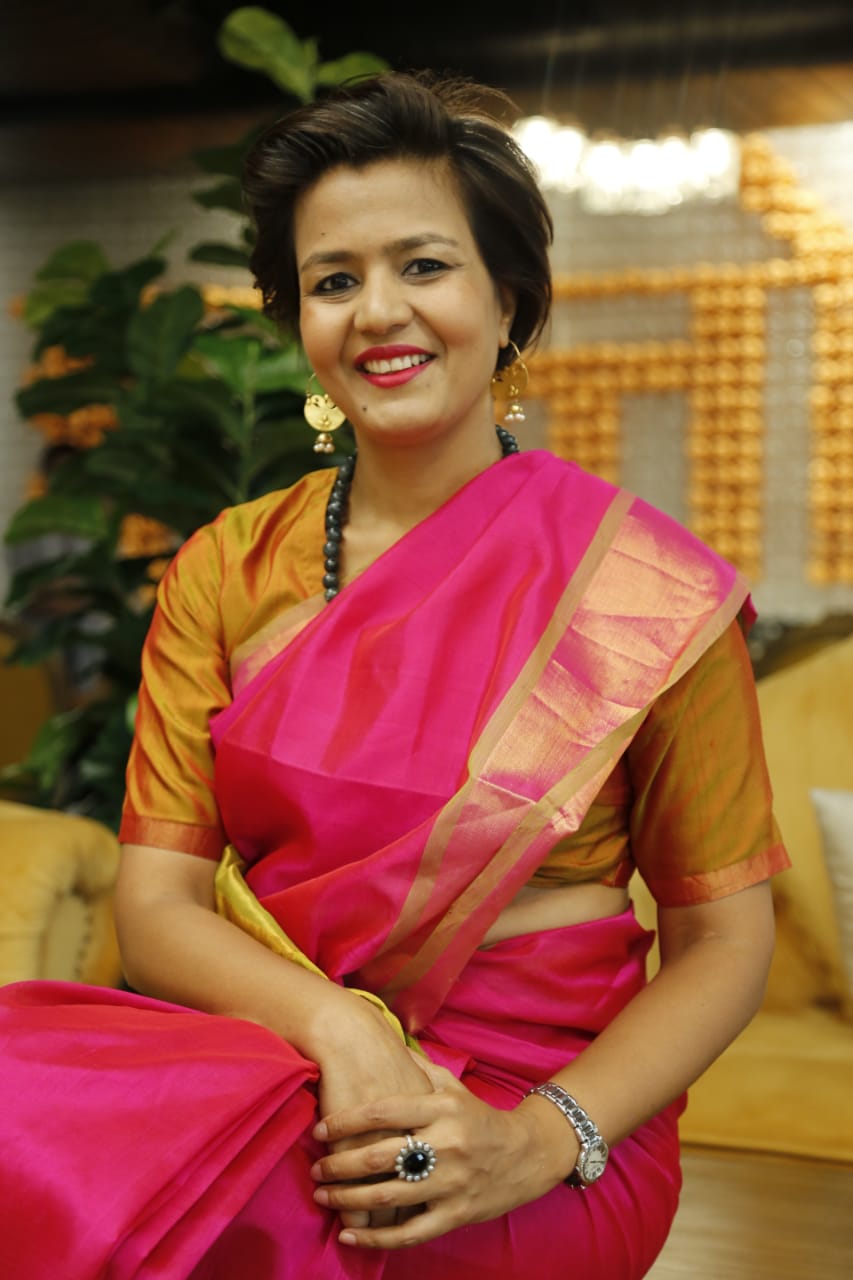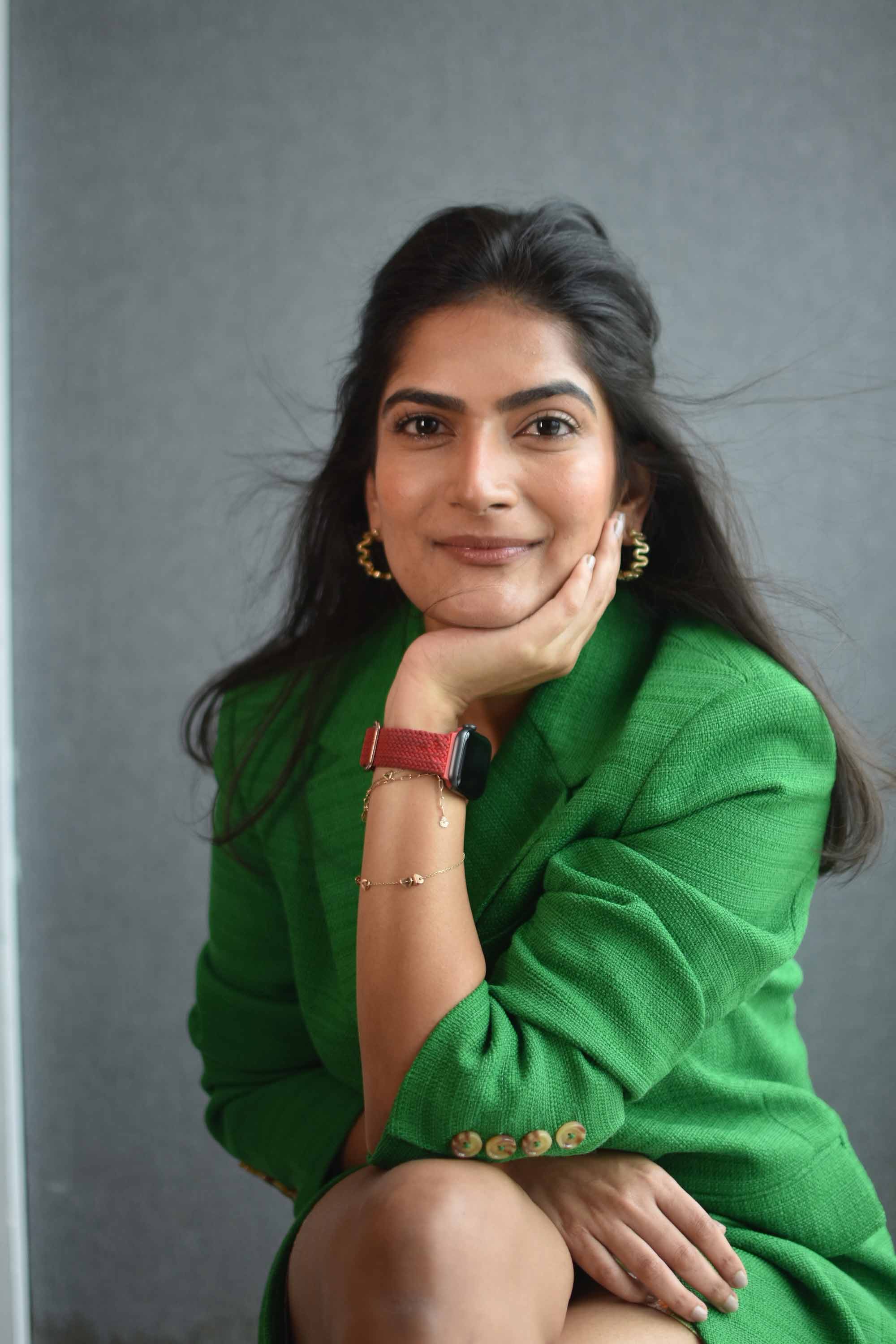Mumbai: Today is the day when the much-awaited Warner Bros’ Barbie hits the screen. Considering the promotional efforts brands have undertaken for associating with the movie, the marketing blitzkrieg called Barbie is all on and ready for pink.
Brands such as AirBnB, ALDO, NYX Cosmetics, Uno cards, Fossil watches, Bumble, Baskin Robbins, Gap, Microsoft, Forever 21, Ulta Beauty, Hot Wheels, Chevrolet, and many more have taken the pink route.
Media reports suggest that Mattel, the toy maker, who first launched the legendary doll in 1959, has reached about 100 licensing agreements for everything from lipsticks, roller skates to games and toothbrushes.
The Greta Gerwig summer flick is anticipated to surpass the $100 million mark – outdoing the weekend three-day collection of Little Mermaid’s $95.5 million. The film is inspired by the popular Mattel fashion dolls line, and its estimated cost is around 10 crores, suggest reports.
The film coincides with the launch of Christopher Nolan-directed Oppenheimer, a biopic about the father of the atomic bomb. Social media has been flooded with memes and is abuzz with the showdown between the two movies termed Barbenheimer.
Indiantelevision.com spoke to industry mavens finding out about how brands are encashing on the movie Barbie through moment marketing tactics, how the Barbie brand has expanded its TG base from kids to young girls and women, and more.
Moment marketing for brands
Former marketing director PepsiCo Foods and CherryPeachPlum founder Vani Gupta Dandia states, “The Barbie movie is all over – they have done a brilliant job of marketing it, not so much for the movie but everything that they have done around it. Infact, the whole idea seems to be to make more money off all the merchandise that they have made around the movie, and the billions of brand collaborations they have done - the movie seems to be almost an excuse. And in doing this, they have generated a whole lot of money.”

The Hubverse founder Azaan Feroze Sait understands that the Barbie craze is everywhere from the coolest fashion collabs to delicious frozen yogurts, to the Barbie-themed parties and let's not forget the TikTok trends that got everyone talking. “Last year, Mattel's Barbie brand pulled in a jaw-dropping $1.49 billion in sales. That's six decades of Barbie love going strong, and the folks behind the latest Barbie movie really hit a home run by turning their marketing strategy into a full-blown Barbie World!
And it wasn't just a solo effort. The movie makers teamed up with more than a hundred different brands to pull off something really special. It’s a fantastic way to reach new audiences.”
He adds, “By securing more than 100 brand partnerships, the brand is anticipated to create a halo effect. These various brand partnerships are set to positively impact the complete Mattel catalogue, all while generating significant profits along the way. This synergy between the partnerships and the broader product lineup promises to be a lucrative venture for Mattel.”
Whoppl founder & CEO Ramya Ramachandran feels, “Barbie, an iconic brand in the industry for decades, has a strong following among young girls and women. They've doubled down on brand partnerships to evoke nostalgia among millenials & gen z- ers. Over the years, it has successfully embraced inclusivity and diversity. Today, Barbie is more than just a doll- she's a lifestyle. Ahead of its movie launch, collaborations extend across every genre- from fashion, to travel to lifestyle such as AirBnb, Bumble, Uno, and more.”
Expanding the TG base from kids to GenZ, young girls and women
Barbie has always been the iconic glamorous doll that has been attractive to kids. How is Barbie going beyond kids and catering to a different TG – GenZ, young girls and women - and expanding its brand?

Sait points out Barbie has been a master at reaching a wide range of audiences, thanks to its ever-evolving marketing tactics and product innovations.
“For the Baby Boomer crowd, Mattel played the nostalgia card. They brought back limited edition and collectible dolls that stirred up fond memories of their early experiences with Barbie.
When it came to Gen Z, Mattel made sure Barbie was in step with their values. They put a spotlight on social responsibility and inclusivity, launching powerful campaigns like "Barbie Sheroes" and "#MoreRoleModels." They also shook up the Barbie lineup, introducing dolls with diverse body types, skin tones, and even a doll representing a person with Down syndrome.”
He goes on, “And to connect with all generations, Mattel cleverly re-released the original Barbie on her 35th anniversary. They also underscored the positive role of doll play in children's development with their ‘A Doll Can Help Change The World’ campaign. It's clear that Barbie's success lies in its ability to adapt, innovate, and resonate with societal values.
Mattel's Barbie dolls and related animated films have always been geared toward young girls. This focus has meant that those indifferent to Barbie usually skipped the animated movies. Despite the quality of these films, the perception remains that animation is solely for kids. Barbie, being a live-action film, immediately broadens its appeal and reaches a more diverse audience.”
Dandia deciphers, “It’s absolute marketing genius to have used this movie and to have forged collaborations to make the brand relevant to the older TG. Because fashion and beauty are eternal, they have contemporized Barbie such that it is no more a child’s doll, no more a blonde bimbette, but an adult fantasy. Men want their women to look like Barbie and women want, in some part, to feel as beautiful, to a man. And so they have leveraged that insight to create all of this merchandise and make everyone feel that you can also be just as beautiful (nevermind all the woke stuff).
And in doing so, they haven’t changed what Barbie fundamentally is about. Barbie is still exactly that doll – it’s still pink, with impossible proportions, she is still that unachievable beauty. But because we all aspired to be that and despite all that we say about feminism, this new woke culture about ‘I am perfect just as I am’ – the fact is that everyone wants to look beautiful (read 'Barbie beautiful'), and everyone feels that I too can be some bit of Barbie (when I buy that pink luxury bag).”

Ramachandran comprehends that Barbie has made a remarkable shift in focus towards inclusivity and diversity, reflecting in their collection of dolls that are more inclusive of different skin tones and body types. “What makes this approach more appealing is how it resonates across different segments, transcending traditional gender norms. From collaborating with brands to tapping into diverse industries, Barbie strategically expands its target audience with a combination of traditional and digital partnerships. The collaboration span beyond beauty, lifestyle, and fashion, encompassing a holistic approach that connects with audiences through partnerships with brands.”
The film marketing angle
How is film marketing evolving in India with movies such as Barbie, Oppenheimer etc?
Dandia brings out that in the world of entertainment, the consumer’s attention is very limited. A movie comes and goes – there is a very short window for a movie to market itself and to get to the consumer’s wallet. Once it is available free, on various OTT platforms, then it’s done – it doesn’t have any revenue leveraging capability. So what do movies do? Movies are very quickly declared a flop or a hit – movies don’t have a choice. Infact movie marketing is far more challenging – and a greater acid test of a marketer than any other product. A product can be re-launched, but a movie can’t be re-launched.
“You look at various OTT series like Family Man or Rocket Boys or various others like those that have done well – they must have really brilliant marketing people behind those. Of course, the product has to be good – you can’t have a flop product and expect that it will become a hit with great marketing. Today there are so many more avenues of entertainment. At one time, our parents’ generation watched Doordarshan and watched movies. But in today’s time, a movie is just one of the many things. Eating out has become as much a recreation now. Actually, movies have to compete also with eating out – cos I’d rather go to eat out with a friend or go to a bar. Also, another factor is that a lot of big stars are not opening themselves up to OTT series, because it’s a matter of reputation – they want to be seen as the big stars and not as the OTT guys. You don’t see Shah Rukh Khan on OTT, but you do see Rajkummar Rao. So, with movies the thing is that the stars, and directors also have their own reputation to protect and they have a very limited time window in which they have to sell that movie and make sure that they get the audience’s attention because with every movie their reputation is at stake,” she opines.
Dandia adds further, “What they have done with Barbie is that they have largely extended the life of the movie. It’s almost that as if the movie is now irrelevant – people are not interested in the movie Barbie, as much as the circus going on around it. On the other hand, with Oppenheimer, it’s the product that is great – but they are relying just on movie-selling, that’s it – there is nothing about it, nothing around it. In Oppenheimer’s case, you watch the movie, you’ve registered the story, then it is dead. Those who have not seen it will wait for it to come on some OTT platform and watch it there. But with Barbie, if you’ve bought a bag worth Rs 5 lakhs, then that movie means something to you, the Barbie brand means something to you for a long time. The brand Barbie has been relaunched and Barbie has become relevant to an older target segment and it’s suddenly acquired aspirational value vs what it was earlier – simply a doll with impossible proportions.”
Ramachandran is of the view that in the present-day marketing landscape, launching movies and series entails a combination of traditional and digital tactics. “Movie promotions now involve strategies like involving content creators, and influencers hosting online & offline events. As India's film industry evolves, we witness a rich spectrum of movies, spanning from commercial blockbusters to niche artistic creations. Just like the evolving cinematic landscape, marketing tactics have also adapted to cater to a diverse and discerning audience.”
Sait elucidates that by taking a buzzier and potentially more cost-effective approach, this strategy has proven to be a game-changer in marketing the movie, surpassing traditional media spending methods.
“The landscape of film marketing in India has been evolving rapidly, mirroring the global trends, with big budget films like Barbie and Oppenheimer leading the charge. Some big names even went all out in Barbie-pink style. Like Airbnb, for instance, went above and beyond by creating an actual life-size Barbie mansion. Talk about living the dream!
In the past six months, utilizing meme culture effectively, it has garnered over six million engagements on social media, according to NewsWhip's data,” he concludes.






